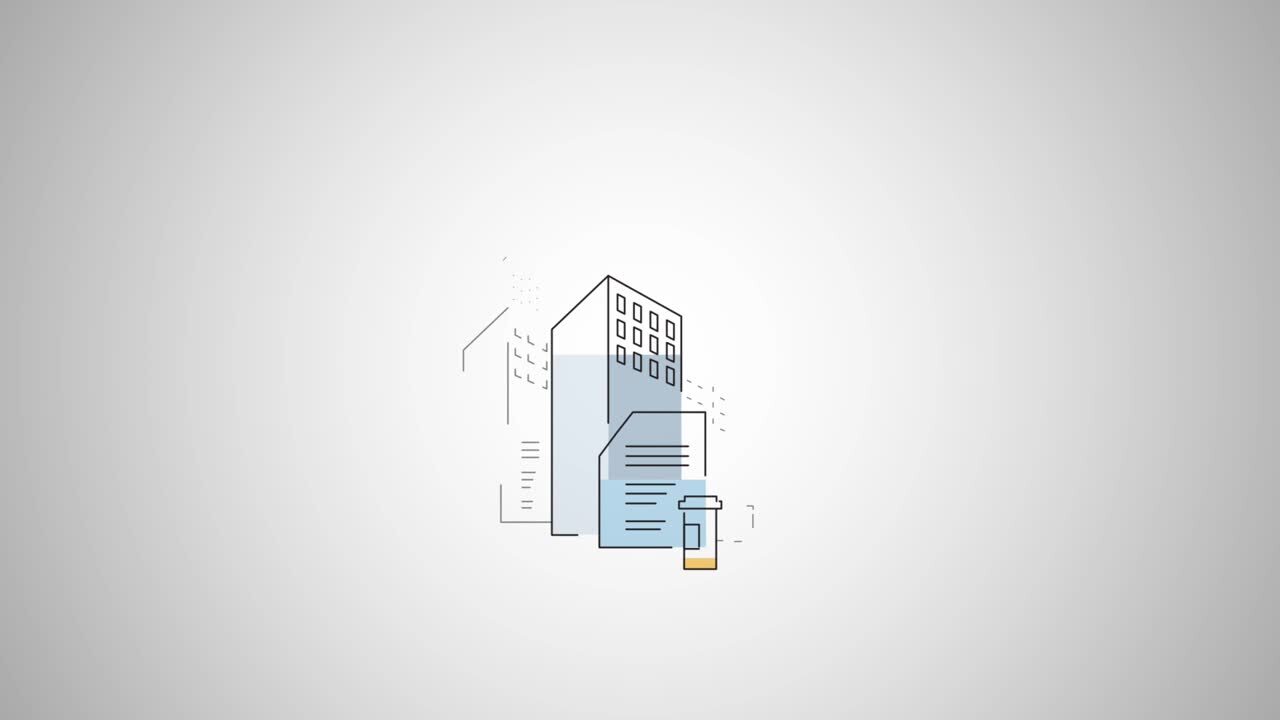Pharmacy benefits management program brings value to organizations & their employees
What is the true value of a PBM?
Pharmaceutical contracting and supply chain management processes are multilayered and complex, which is why so many plan sponsors rely on third-party support from pharmacy benefits managers (PBM). What are some of the high level pros and cons of a PBM?
Managing costs
The most obvious benefit of using a well-designed program is financial. The savings an employer achieves through working with reputable PBM solution are often passed down to the employee by way of reduced pharmaceutical prices at the pharmacy, as well as lower payroll deductions for prescription benefits.
A variety of tools, some behind the scenes, also help individual patients find the lowest-cost drugs. These tools are focused on providing both the prescriber and the patient with the lowest cost and efficacious option for the individual. In the complicated world of pharmaceutical pricing, patients sometimes pay for a drug that may work just fine, but is actually a better choice economically for the PBM or the health plan (and/or at the expense of the plan and patient).
Care and convenience
A PBM also delivers value through comprehensive care for individuals and their families. One example is when a PBM contract lets member hospitals with in-house pharmacies allow their employees to do their pharmacy business where they work. This offers an invaluable convenience because they don’t have to make a separate trip to a commercial pharmacy to fill their prescriptions. Often, hospitals that allow their employees to access the in-house pharmacy pass on more significant savings on prescriptions.
A PBM also enhances the customer experience by having dedicated customer service teams and offering convenience services. The dedicated customer service teams offer end-to-end support for member organizations that individuals don’t necessarily see, but they benefit from. For instance, if individuals run into an issue and contract their administrator, that person has 24/7 access to the customer service team to resolve the employee’s issue quickly and seamlessly.
Drugs are expensive, so getting good prices is important, and that’s one of the most important things that a PBM can do for its patients. But, when it comes down to it, there’s more to it than that: patients should have the tools to obtain the right medication at the right time and at the right price.
While these advantages seem appealing, PBMs are often given a bad name, and sometimes for good reason. Recently, they have been referred to as the “mysterious middlemen who are to blame for America’s sky-high drug prices.” While this may be a convenient scapegoat for drug companies seeking to deflect blame from their own pricing practices, the fact remains that many plan sponsors do not get the deal they were promised in the contracting stage.
In response, we created this short video to illustrate how plan sponsors can ensure the best deal for their members:

As one of the leading healthcare group purchasing organizations in the country negotiating hundreds of pharmaceutical contracts valued at $15B annually, HealthTrust has a unique view into the industry that gives us valuable insights and experience.
Our PBM program represents over 330 plan sponsors and more than 3 Million lives giving us the volumes to secure the best prices, terms, and protections in the industry.
But we are more than simply a partner with deep subject matter expertise, the HealthTrust PBM is built to serve the needs of your members and your consulting team day to day.
Discover the new standard in pharmacy benefits management with HealthTrust IHP and download the infographic – Top 5 Things You Must Know to Negotiate a PBM Contract here
Find out how HealthTrust’s Pharmacy Benefit Management program can work for your organization. Email humancapitalsolutions@healthtrustpg.com
Share Email Drugs, On-contract service, PBM, Q3 2022





